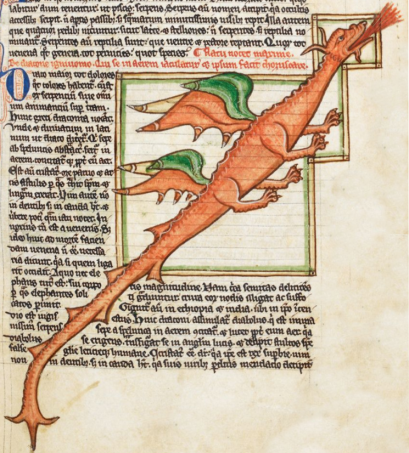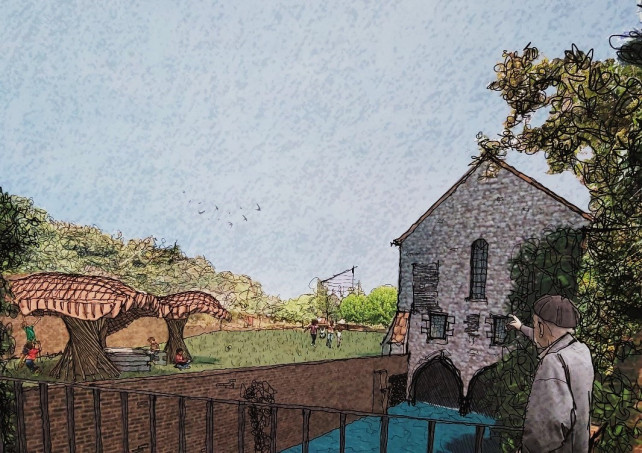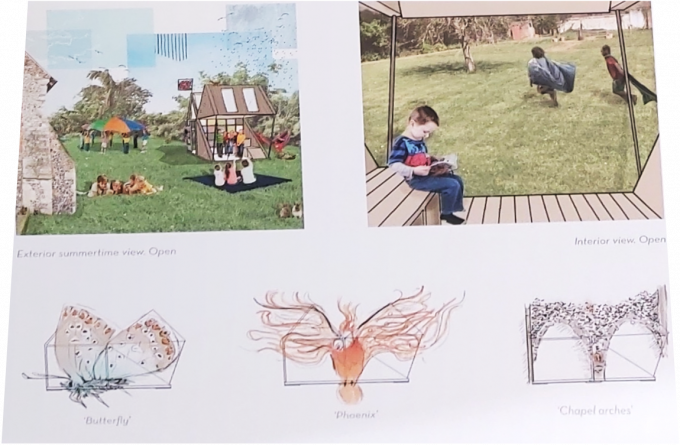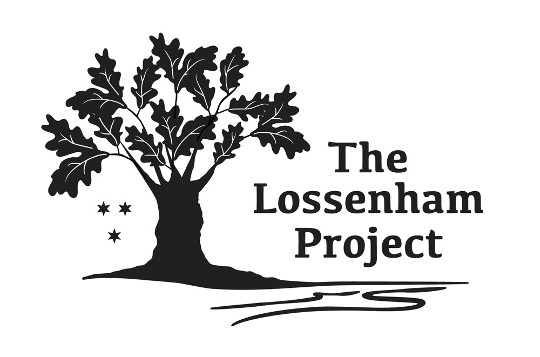To begin this week a call to Canterbury Christ Church University students: we are looking for student volunteers to help at the Medieval Canterbury Weekend 2022 on Saturday 30 April and Sunday 1 May. You will not be paid but you will have a great time, if previous years are anything to go by, and as well as meeting eminent historians, it will be excellent for your cv. This is the link to the programme: https://www.canterbury.ac.uk/medieval-canterbury and if you are interested, please email: sheila.sweetinburgh@canterbury.ac.uk for further details.

I thought this week I would focus on several projects involving the Centre – from green to blue heritage that combine research, knowledge exchange and outreach. Firstly, Dr Claire Bartram’s IHR Centenary Project on Dover, involving colleagues from across the Faculty of Arts, Humanities and Education, is coming together nicely and the special booklet covering the various presentations and other interventions on Dover will be launched in hardcopy and online to coincide with Professor Mark Connelly‘s University of Kent’s IHR Centenary Project of a Local History Festival at Canterbury on Saturday 23 April. This is an excellent idea and follows an earlier booklet involving CKHH entitled ‘Canterbury’s A–Z’: https://www.canterbury.ac.uk/arts-and-humanities/research-kent-history-and-archaeology/crkha-latest-projects/canterburys-a-to-z.aspx which, as well as being online, can be purchased very reasonably from the CCCU Bookshop: https://bookshop.canterbury.ac.uk/ . More details about the Local History Festival will be available soon, but to give you a flavour of what will be on offer, please see this from a few weeks ago: https://blogs.canterbury.ac.uk/kenthistory/becket-thomas-more-dover-and-medieval-animals-exciting-times/ .
Moreover, Claire is not the only one who has been busy, and Dr Diane Heath is extremely excited about the designs submitted for the Eco-Heritage Learning Space to be constructed for the use of children with special needs at the Franciscan Gardens in the heart of Canterbury. Being part of the Heritage Lottery funded ‘Medieval Animals Heritage’ project, the competition was open to students at the School of Architecture at the University of Kent, the brief being to design a space suitable for special needs children that addressed their sensory needs, was fun, safe, and engaging. Furthermore, the building’s dimensions have to be 2.5m W x 5m L x 2m H with extending cantilevers, and the construction must use eco-friendly materials (such as Forest Stewardship Council certificated wood). Additionally, the design needs to be in keeping with the historic monument status of the location, as well as the beauty of the Franciscan Gardens and add to the delight and emotional understandings of Medieval Animals Heritage.

The Kent students certainly rose to the challenge and two of the fifteen gorgeous designs submitted are detailed here. They show the immense talents of these young architects, with a wonderful range of approaches that transfigure Medieval Animals Heritage into eco-spaces for children with special needs in ways that enhance the fantastic Franciscan Gardens. Diane is delighted with the students’ enthusiasm for the project and very grateful for all their hard work to produce such creative and inspiring designs. She is also exceedingly grateful to the Trustees of Eastbridge Hospital for being prepared to host the winning design which will be built this summer for the benefit of these children.
Another project involving CKHH is the Lossenham Project and specifically this week the wills group which met online to discuss progress on the group’s research database on Google Drive since it has been refined recently by Sue Muddiman, aided by Sophie Ogilvie and Dr Rebecca Warren. Sophie has also been busy adding further folders to the ‘landing page’ for the new additions from the Kent History Library Centre of lower court wills (we had begun with the PCC wills from TNA during lockdown) and inventories for the period up to the end of the Tudors for ‘our’ 9 parishes. To aid the smooth running of the project, Sophie has introduced a ‘Transcriptions’ folder for people’s transcriptions before she takes the information from these to add to the database. Thereafter the transcription is returned to its parish folder and there are also useful listings by parish and by probate register to help people navigate there way around and to see how long/short a specific will or inventory is. All of these innovations were welcomed by the group and there was some discussion about specific points, including Celia Jennings’ important queries about the best way to record inventories. In addition, if anyone else would like to join us, a short online palaeography course can be organised, do please get in touch by emailing sheila.sweetinburgh@canterbury.ac.uk

The second part of the meeting considered the timetable leading up to the Lossenham Priory Study Day on Saturday 3 September which will be held at Lossenham. The idea is to give an invited audience of people from local history groups and named individuals the opportunity to hear a short series of talks about preliminary research findings in the morning and afternoon and to see the exhibition drawing on the research work of members of the project. Project members will be on hand to give further details about what they have been investigating and to showcase the exciting discoveries that have materialised so far. Moreover, the archaeology team will be working nearby if people want to explore this aspect as well.
Thus, we started exploring ideas regarding what individuals and pairs might focus on for their exhibition banners. This generated considerable discussion and several ideas were put forward by different people, and we also discussed how we can group some of these together under larger, more umbrella-type themes. As I said, Rebecca and I can do a couple of these banners to help provide greater coherence once we have a list of people’s topics. There was considerable enthusiasm and since the meeting I have already received two proposals with the expectation of more soon, which means that by our next meeting we should be well on the way to having a plan.
Next to some very exciting news – thanks to generous funding from the Janus Foundation and drawing on the expertise of the Centre for Kent History and Heritage at CCCU and the Southampton Marine and Maritime Institute, University of Southampton, the project team of Drs Craig Lambert (P-I), Gary Baker (RA) and I (C-I) are starting an important 3-year research and outreach project. Our project on Kent’s maritime communities in the context of connections and relationships with mainland Europe in the late medieval and Tudor periods provides an exciting opportunity to deepen an already positive partnership between the two institutions.

The rich history of the area and the significance of Kent, and its communities, to maritime strategy since 55BC, as demonstrated in the recent publication Maritime Kent through the Ages, eds Bligh, Edwards and Sweetinburgh (2021), means that we are enthusiastic about adding to the historical knowledge of this important county and its influence on England’s relations with France and beyond. Through the proposed multi-authored book and articles, these significant research outputs will widen knowledge and understanding of maritime history, as well as deepen our understanding of Kent’s role in maritime history and raise the profile of this significant county’s influence and importance.
By working in partnership, we will benefit from the University of Southampton’s expertise in mapping and geodata management, and for this project the data will be drawn from regional and local primary sources as well as those in national archives. This will enable us to share the outputs on a public platform, increasing the impact of our research considerably. We will be building on the existing and rich heritage work being done in the county and our collaboration will benefit hugely from the activities already taking place involving CKHH and the Lossenham Project, as well as with the Dover Maison Dieu.
Finally, we are in a position to offer financial assistance to a suitably qualified applicant to undertake a part-time doctoral research degree closely associated with either: Kent’s maritime communities c.1350-c.1600, with reference to a specific community or communities OR Lossenham: the history and development of the Rother Levels. In the first instance anyone interested should contact me at sheila.sweetinburgh@canterbury.ac.uk for further details.

 Centre for Kent History and Heritage
Centre for Kent History and Heritage Sheila Sweetinburgh
Sheila Sweetinburgh 2331
2331

